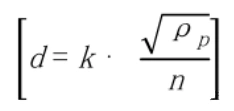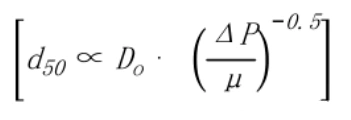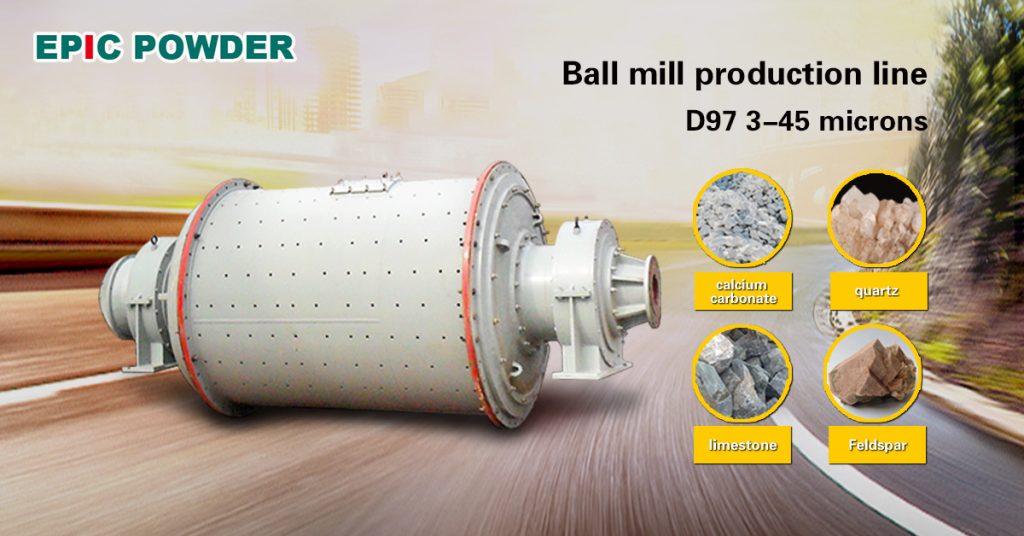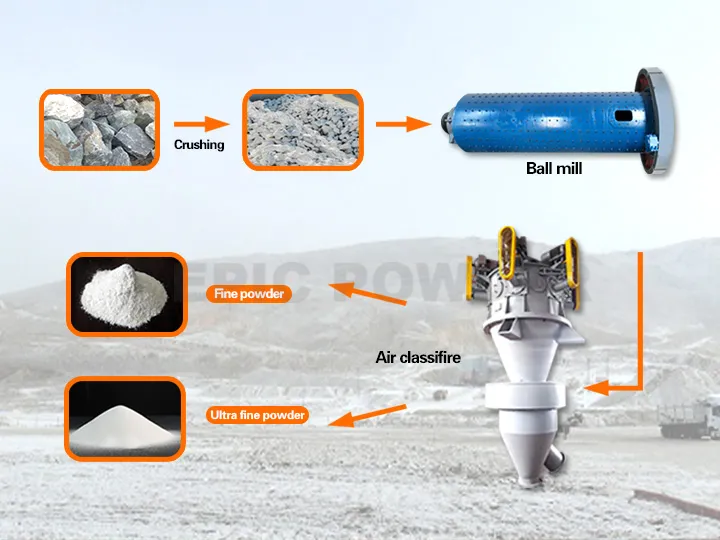High-purity quartz raw materials are crucial for producing high-quality quartz products, and the effectiveness of subsequent purification processes heavily depends on the initial raw material quality. The acquisition of high-purity quartz relies on advanced mining technologies and processing techniques, including precise quartz stone grinding in specific stages to achieve desired particle sizes. Here is a detailed introduction to the methods for obtaining high-purity quartz raw materials:
1. Mining Technology: Modern techniques like directional drilling and in-situ crushing enable precise extraction of high-purity quartz ore. These methods minimize the ore’s exposure to the external environment, reducing contamination. Furthermore, strict control during crushing and transportation ensures the ore’s purity is maintained.
2. Processing and Purification Technology: The extracted ore undergoes a series of processing and purification steps to achieve high-purity quartz raw material. This involves crushing, screening, magnetic separation, and flotation to remove impurities. Advanced purification techniques like chemical purification and high-temperature fusion further enhance the raw material’s purity.
Table: Key Steps and Their Roles in Obtaining High-Purity Quartz Raw Materials
| Step | Key Content | Role |
| Mining | Use of directional drilling & in-situ crushing | Ensures ore purity and quality |
| Processing & Purification | Crushing, screening, magnetic separation, flotation (physical methods) | Removes impurities and undesirable components |
| Chemical Purification | Using chemical reactions to remove specific impurities | Increases raw material purity |
| High-Temperature Fusion | Removing residual impurities via high-temperature melting process | Obtains high-purity quartz raw material |
Through the methods and steps outlined above, high-purity quartz raw materials can be acquired, laying a solid foundation for subsequent quartz material purification processes and new material research and development. Simultaneously, with technological advancement, the demand for high-purity quartz raw materials continues to increase, making the research and development of more efficient acquisition methods particularly important.
1 Mining and Preliminary Processing of Quartz Ore

In the quartz material production process, the mining and preliminary processing of quartz ore is a vital stage. Firstly, based on the quartz ore deposit’s size and geographical location, a suitable mining method is selected, such as open-pit or underground mining. Open-pit mining suits large, flat-lying deposits, while underground mining is for rich deposits with complex geological conditions.
The mined quartz ore requires preliminary processing to remove impurities and reduce the content of other minerals. The preliminary processing primarily includes steps like crushing, screening, magnetic separation, and flotation. Crushing breaks large ore pieces into smaller fragments for easier subsequent handling. Screening separates quartz ore particles of different sizes using vibrating screens. Magnetic separation exploits the magnetic differences between quartz ore and impurities to separate them. Flotation uses density differences, employing bubbles to separate impurities from the quartz ore.
During preliminary processing, chemical purification of the quartz ore is also necessary. Common chemical purification methods include acid leaching, alkali leaching, and oxidation roasting. Acid leaching uses acidic solutions like hydrofluoric or sulfuric acid to react with impurities in the quartz ore, thereby removing them. Alkali leaching uses alkaline solutions like sodium hydroxide or sodium carbonate to react with impurities, achieving purification. Oxidation roasting involves high-temperature calcination to convert impurities in the quartz ore into oxides or other compounds, thus improving the quartz ore’s purity.
Additionally, moisture control is essential during preliminary processing. Due to the typically high moisture content of quartz ore, ineffective control can impact the quality of subsequent purification processes and new material development. Therefore, drying treatment is applied during preliminary processing to reduce moisture content.
The mining and preliminary processing of quartz ore are crucial links in the quartz material purification process and new material R&D. By processing quartz ore through mining, crushing, screening, magnetic separation, flotation, chemical purification, and moisture control, high-quality raw materials can be provided for quartz material production, thereby enhancing the efficiency of the entire production process and final product quality.
2 Crushing and Classification Technologies for Natural Quartz

The crushing and classification of natural quartz are key steps in preparing high-purity quartz materials. The aim is to disintegrate large quartz raw materials into particles meeting the requirements of subsequent purification processes using mechanical force, and to perform precise separation based on particle size to improve the efficiency of subsequent chemical purification and final product purity.
(1) Crushing Technology
Quartz crushing primarily relies on mechanical forces like impact, compression, and grinding. Commonly used equipment includes jaw crushers, cone crushers, ball mills, Raymond mills, and jet mills. The crushing process must consider quartz’s hardness (Mohs 7), brittleness, and cleavage properties to avoid over-grinding which can introduce impurity elements (e.g., iron, aluminum) or activate particle surfaces.
Coarse & Intermediate Crushing: Typically uses jaw crushers or cone crushers to reduce raw material size from tens of centimeters to millimeter range. This stage requires controlling the crushing ratio (feed size to product size ratio) between 3-8 to reduce contamination from mechanical wear.
• Fine Grinding: Achieved via ball mills or vibration mills, further reducing quartz particles to the micrometer range (e.g., D50=10~50 µm). The choice of grinding media (e.g., zirconia balls, alumina balls) is critical; their hardness should be lower than quartz’s to avoid cross-contamination.
• Ultra-Fine Grinding: For high-purity quartz raw materials, jet mills (e.g., fluidized bed jet mills) or planetary ball mills can produce sub-micron (D50<1 µm) ultra-fine powders. Jet mills utilize high-speed particle collisions for comminution, effectively avoiding iron contamination, but have higher energy consumption.
Table: Performance Comparison of Common Quartz Crushing Equipment
| Equipment Type | Product Particle Range (µm) | Contamination Risk | Energy Consumption | Applicable Stage |
| Jaw Crusher | 50~500 | Medium | Low | Coarse Crushing |
| Ball Mill | 1~100 | High | Medium | Fine Grinding |
| moinho de jato | 0.1~10 | Low | High | Ultra-Fine Grinding |
(2) Classification Technology
Classificação is the process of separating quartz particles based on size, density, or shape, aiming to obtain a product with a concentrated particle size distribution. Classification equipment falls into dry and wet types, including cyclone classifiers, air classifiers, hydrocyclones, and vibrating screens.
• Dry Classification: Suitable for dry grinding processes like jet milling, it separates particles using centrifugal force or inertia differences within an air stream. For instance, a turbo air classifier can control the cut point (d) by adjusting the rotor speed (n), where constants related to device and particle density apply.

• Wet Classification: m.mConducted in a water medium, separating particles via sedimentation or centrifugal force. Hydrocyclones utilize a centrifugal force field for classification. The cut size (d50) relates to the overflow diameter (D₀) and feed pressure, (where μ is fluid viscosity). Wet classification offers higher efficiency but requires subsequent drying.

(3) Process Optimization Points
To improve crushing and classification efficiency, attention must be paid to the following parameter controls:
1. Particle Size Distribution: Achieve a narrow distribution (e.g., standard deviation σ <1.5) by adjusting parameters like grinding time and classifier wheel speed, avoiding overly coarse or fine particles that affect subsequent purification.
2. Impurity Control: Use liners made of materials like polyurethane or high-purity alumina, and regularly test for metal element content (e.g., iron, chromium).
3. Energy Balance: Adopt closed-circuit processes like “multi-stage crushing + classification,” e.g., a “ball mill – air classifier” combination, to reduce over-grinding and lower energy consumption per unit product.
By optimizing the crushing and classification processes, high-purity, uniformly sized quartz raw materials can be provided for subsequent purification steps like acid leaching and flotation, forming the foundation for ensuring final product quality.

3.3 Preliminary Purification Steps for Crude Quartz
The preliminary purification steps for crude quartz mainly include crushing, screening, scrubbing, and flotation. First, large quartz ore blocks are crushed to achieve a specific particle size requirement. Then, screening equipment separates quartz particles of different sizes. Next, scrubbing agents are used to scrub the quartz particles, removing surface impurities. Finally, flotation equipment separates the quartz particles from impurities, yielding a crude quartz product with higher purity.
The following table can represent the operating parameters for each step in the preliminary purification process of crude quartz:
| Step | Operating Parameters |
| Crushing | Crusher model, Crushing ratio, Crushing time |
| Screening | Screen mesh aperture, Screening time |
| Scrubbing | Scrubbing agent type, Concentration, Scrubbing time |
| Flotation | Flotation agent type, Concentration, Flotation time |
Furthermore, to improve the purification efficiency of crude quartz, auxiliary processes like magnetic separation and electrostatic separation can be employed. These processes can further remove magnetic or conductive impurities from the crude quartz, enhancing the product’s purity.
A Guide to Selecting Grinding Mills
Selecting the right grinding equipment is critical for achieving target particle size, maximizing production capacity, and ensuring cost-efficiency in quartz powder production. Different milling technologies offer distinct advantages tailored to specific application requirements.
The following table compares four common grinding systems used for processing quartz powder, highlighting their key operational parameters and typical use cases.
| Equipment | Price | Fineness | Capacity | Typical Applications |
| Ball Mill | High | Coarse powder (80–2500 mesh) | High | Ores, cement, quartz powder |
| Raymond Mill | Low | Fine powder (80–325 mesh) | Normal | Non-metallic minerals |
| Vertical Roller Mill | High | Fine powder (20–400 mesh) | Normal | Cement clinker, slag, coal, quartz |
| moinho de jato | Low | Ultrafine powder (325–3250 mesh) | Low | Ultrafine quartz, chemicals, pigments |

Pó épico
The journey from raw quartz to high-purity, precisely classified powder demands expertise and advanced technology. Epic Powder specializes in providing quartz grinding, and classification solutions tailored for the industry. Our equipment is engineered for maximum efficiency, minimal contamination, and precise particle size control, ensuring your quartz products meet the most strict quality standards for advanced applications. Partner with Epic Powder to transform your quartz processing – where precision meets purity for exceptional results. Contact us today to discover how our solutions can optimize your production line and enhance your final product’s value.

“Thanks for reading. I hope my article helps. Please leave a comment down below. You may also contact EPIC Powder online customer representative Zelda for any further inquiries.”
— Postes by Jason Wang, Senior Engineer

